無料ダウンロード wasp nest types 683982-Wasp nest species
As shown above, three common types of Mud Wasps exist mud daubers, potter wasps, and pollen wasps These mud wasps construct their homes from mud and clay They are also a health form of organic pest control to gardens and crops Mud wasp species are typically found in surrounding areas of each otherOnce there, the wasps lay their eggs on top of the cicadas, which will serve as fresh food for the new wasp grubs "They are solitary nesters, but individual wasps do tend to clump togetherTypes of Wasps Pictures and Identification Paper Wasps Most homeowner tend to associate members of the subfamily Polistinae, paper wasps, with vespid wasps Yellow Jacket Most people recognize yellow jackets (Paravespula) as the uninvited guests at many picnics They are all Other Types of

Paper Wasp Wikipedia
Wasp nest species
Wasp nest species-Wasps This group of Hymenoptera includes some familiar types, such as Hornets, Spider Wasps, and Hunting Wasps Sawflies are also a group of wasps, composed of several families, and noteworthy because they have no "waist" that is present in all other HymenopteraSpecies Wasps of the genus Clistopyga Habitat Native to western Finland Advertisement Give a wasp a needle, and it's only a matter of time until it starts to work with fabric Female wasps



British Wasp Guide How To Identify Common Species Countryfile Com
A common question we get on the Michigan State University Extension Lawn and Garden Hotline () is how to get rid of a bees' nest When we ask for a description of the nest or the "bee," we receive a description for a wasp Why does this even matter?The sand wasps are closely related to the Muddauber Wasp but, unlike their cousins, sand wasps nest in the ground Sand wasps live in urban areas, forests and woodlands, and heath Sand wasps are found throughout Australia Adult sand wasps feed on nectar but most hunt for flies to feed to the larvae in the nestAbout 97% exist independently in underground, tubular mud nests They lay their eggs in these nests, and then bring immobilized insects to their nests to feed their larvae The strategies for food attainment though, may differ from specie to specie
In the case of figs and fig wasps, however, each needs the other to complete its life cycle This is obligate mutualism There are about 750 species of figs, each of which has a particular figOther wasps, like Agelaia multipicta and Vespula germanica, like to nest in cavities that include holes in the ground, spaces under homes, wall cavities or in lofts While most species of wasps have nests with multiple combs, some species, such as Apoica flavissima, only have one combThis wasp species is native to North Africa, Eastern China, the Middle East, Southern Europe, and the Mediterranean region The members of this species spot a black hue with yellow markings The European paper wasps are social and are thus found in colonies These wasps mostly inhabit savannah, forests, agricultural lands, suburban and urban areas
Wasps are close cousins to bees, but are also a separate and distinct species all their own They are different in appearance and temperament than bees Most of the types of wasps are social in North America, but there are some solitary and predatory wasps Wasps create nests and often build them near human structures They chew up wood, usingYellow Jackets The black and yellow coloring, slim build, and narrow waists of yellow jackets mean they're often Paper Wasps Roughly twice the length of a yellow jacket, paper wasps are the largest species in the MidAtlantic Mud Daubers Mud daubers have a uniqueIn addition, nests could occur in the ground (typically referred to as 'yellow jackets'), or can be seen hanging from tree branches, eaves of buildings (paper wasps), or other supports as aerial nests, again depending on species Aerial wasp nests are typically greyish, greyishgreen, or straw coloured in appearance



Wasp Identification Yellow Jackets Paper Wasps Bald Faced Hornets



Wasp Identification Wasps
The sand wasps are closely related to the Muddauber Wasp but, unlike their cousins, sand wasps nest in the ground Sand wasps live in urban areas, forests and woodlands, and heath Sand wasps are found throughout Australia Adult sand wasps feed on nectar but most hunt for flies to feed to the larvae in the nestAn astonishing number of wasp species are able to thrive in solitude;Although wasps will never return to a previously used nest, several species of wasp will build their new nest on top of the old one Therefore it is a good idea to knock down any empty, abandoned nests over the winter and thoroughly clean the area before the queen wasp reclaims the area come springtime



Small Brown Paper Wasp Nest Wasp Nest Wasp Bees And Wasps



Wasps Facts Identification Control Prevention
Paper wasp nest It is a very common type of wasp nest you can easily encounter Paper wasp nests are usually constructed under eaves or in tree branches You can often see them hanging, with wasps flying around They feel papery because they're made out of chewedup wood fibers and wasp natural secretion (they literally apply spit on it)Parasitoid wasps (Hymenoptera) are one of the most species rich animal taxa on Earth, but their tropical diversity is still poorly known In the latest study, the group discovered 15 new, sizableBee Nest Identification Bee Nest Identification Types of Nests Bee and wasp nests can be categorized into three basic types It is worth Aerial Nests Baldfaced hornets commonly build aerial nests in trees The exterior of the nest has a shaggy appearance, Concealed Nests or Cavity Nests



What Is The Difference Between Bees And Wasps Rentokil Pest Control Ie


Q Tbn And9gcqtugcqoqfxq0oqsxsyoqoft8pelyqdslw6be7tdatsabnqgput Usqp Cau
Types of Wasps Paper Wasp Paper wasps are black and yellow with a slender body, which often has people mistaking them for yellowjackets Paper wasps build nests that look like an umbrella You will typically notice the nests on infrequently used items that shield them from the rainWithin the Vespula species, there are several groups, most notably, the Vespula rufa group and the Vespula vulgaris group The Dolichovespula wasps and those of the Vespula rufa group are strictly insectivorous What this means to humans is that they are beneficial wasps because they eat many diseasespreading or cropeating insects like fliesPaper wasps form small colonies, and make paper nests under tree branches and the eaves of houses The nests are shaped like inverted cones, and consist of a cluster of hexagonal cells made from wood fibre mixed with saliva The wasp larvae are maggotlike and develop inside the papery cells of the nest



Ann Arbor Wasp Nest Identification Removal Community Pest



Why Do Wasps Build Nests Natural History Museum
Types of wasps Baldfaced hornets Found throughout the United States, baldfaced hornets are some of the more aggressive wasp species Habitat and nests In the spring, the queen builds a nest from chewed wood She feeds the larvae protein from flower Behaviors and damage As stored foodWhat Does a Wasp Look Like?The radius depends on the species Nests Hornets build spherical shaped nests elevated in the air with the inner chambers covered with a paperlike substance Unlike wasps, they rarely make nests in the ground Paper wasps make nests that are exposed and not covered with the paper substance



Bee Wasp Or Hornet Nest Which One Is It Gardening In Michigan


Q Tbn And9gcsdvtcprg Nsh33mvobjl7i7pmtkx5jdebmoopwads2ncaes7 A Usqp Cau
The video shows a typical paper wasp nest with the flat or umbrella shaped nest Removing the nest while it is being built, rather than waiting for the nest to be completed and filled with wasps removes most of the threat to family members These nests are often build around homes, under porches and other areas sheltered from the elementsCover your wasp nest with the spray during the evening hours when the wasps are least active The soap clogs the wasps' respiratory systems, effectively drowning them straight awayPaper wasps make their nests out of chewed wood and saliva, and unlike hornets and yellow jackets, these pests do not cover the combs with an outer shell A paper wasp next to a nest Paper wasps prefer suspended nests, often building them on porch ceilings and window and door frames



Wasp Photos And Id



What Are Mud Dauber Wasps And How To Get Rid Of Them Dengarden Home And Garden
Commonly two types of wasps species exist Solitary wasps and Social wasps Social wasps live in large numbers Wasp nests are abandoned in late autumn, the queens individually overwinter until spring Wasps eat meaty things, including spiders and sweets Wasps can be more hottempered than bees, they are to be treated with cautionPotter wasps, for example, create nests that resemble clay pots Their nests have round bodies connected to a narrow neck and circular entrance It's commonly made of dirt or clay and tends to be a bit small as this type of wasp is more solitaryTypes of Wasps Paper Wasp Paper wasps are black and yellow with a slender body, which often has people mistaking them for Mud Dauber Mud dauber wasps are very slender with a waist shaped like a tube They tend to grow between a halfinch to Yellowjackets We tend to see two species of



Bee And Wasp Problems Bee Removal Perth How To Get Rid Of Bees


How To Identify Wasps Nests
Species The name "paper wasps" typically refers to members of the vespid subfamily Polistinae, though it often colloquially includes members of the subfamilies Vespinae (hornets and yellowjackets) and Stenogastrinae, which also make nests out of paperTwentytwo species of Polistes paper wasps have been identified in North America and approximately 300 species have been identified worldwideRed Wasp Facts Those red paper wasps are known to build some of the biggest nests They prefer to build their nests somewhere safe, and are rarely seen in rural areas However, manmade structures give them the perfect conditions to build their umbrellalike nestsWasps belong to a highly diverse group of insects called the Hymenoptera with more than 150,000 species across the globe The Hymenoptera also includes the ants and bees Some of the Hymenoptera, like the ants, honeybees and bumblebees, are well known for living together in colonies and when we say "wasp" we are usually thinking of the


Know Your Wasps The Backyard Gardener Anr Blogs



Types Of Bees By Nest Types Of Bees Hunger Games Party Wasp
Aggressiveness Wasps are well known for their aggressive nature, but that is primarily specific to yellowjackets Paper wasps, however, will rarely attack unless provoked Hornets tend to get very defensive when someone wanders within a certain radius of their nests The radius depends on the speciesWasp Nests How to Locate and Identify Them The majority of wasps are solitary insects However, there are some that prefer to live together In fact, the species populating the UK are actually social wasps Eusocial wasps live together in a nest Eusociality means that there are groups in the nests, consisting of worker wasps, that are not reproducing, reproducing cast and an eggcarryingWasps are divided into two primary subgroups social and solitary Social wasps account for only about a thousand species and include formidable colonybuilders, like yellow jackets and hornets



Bee Wasp Hornet Nest Removal Knoxville Tn Russell S Pest Control



Wasp Nest Identification Insect Cop
Their nests can usually be found in trees, shrubs, overhangs, houses and sheds Baldfaced hornet nests can be up to 14 inches in diameter and more than 24 inches in length Unlike the open cone nest structure used by other stinging insects such as yellowjackets and paper wasps, their grey aerial nests are enclosedBees, Ants and Wasps are wellrepresented in their Hymenoptera order as some 18,000 species are recognized in North America alone with a further 115,000 found worldwide This order produces a variety of species types that make for a distinct love/hate relationship in the world of people some are excellent at controlling pest populations whilePaper wasp nest It is a very common type of wasp nest you can easily encounter Paper wasp nests are usually constructed under eaves or in tree branches You can often see them hanging, with wasps flying around They feel papery because they're made out of chewedup wood fibers and wasp natural secretion (they literally apply spit on it)



Paper Wasps In Wa And Their Control Agriculture And Food



Bee Wasp Or Hornet Nest Which One Is It Gardening In Michigan
Mud Wasps As you can guess by the name, these are wasps that make their nests using dirt or mud Potter wasps, for example, create nests that resemble clay pots Their nests have round bodies connected to a narrow neck and circular entrance It's commonly made of dirt or clay and tends to be a bit small as this type of wasp is more solitaryMost types of wasps are social wasps, which means that they prefer to live and work with their family of wasps To enable this, wasps build nests that can house their entire colony The queen wasp of each colony uses this nest as a place to lay eggs and further increase the colony's strengthTwo of the wasps — the world's largest hornet species — were found in Washington state, and scientists have since been trying to track the invasive insects to eradicate them



Tips To Deal With Wasp Nest Dealing With Wasps And Their Nests Can By Bayswater Pest Control Medium



Wasp Nest Identification Insect Cop
The most common types of wasp nests are made by yellowjackets, hornets, paper wasps, or mud daubers Yellowjackets, hornets, and paper wasps all make a rudimentary type of paper out of chewedup wood mixed with saliva which they then use to build a nest with multiple cells that are sometimes layeredOther wasps are parasitic and use their ovipositors to lay eggs on or in the bodies or eggs of other insects, which then become their hosts In those cases, the immature wasp or developing larva develops inside the host while feeding on its tissues Many species of parasitic wasps use hosts as direct food or for ovipositionWasps Suborder Apocrita Wasps are a diverse group of insects In Australia alone there are over 12,000 species, ranging from the tiny diapriid wasps, which are barely visible to the naked eye, to the spider wasps and cicadakiller wasps, capable of



Identifying Different Wasp Nests Vermont Pest Control



Got Pests
In Australia there are around 10,000 wasp species and 00 bee species, according to the Australian museum and all have valuable roles in our ecosystems A few species can become pests in urban areas and pose a threat from stinging, such as the introduced European wasp which can be aggressive when a nest is disturbedWasps In New Jersey Common wasps in New Jersey include the notorious yellow jacket, the paper wasp, and baldfaced hornets (really, they are not a "true" hornet but rather a species of wasp) Yellow Jackets Yellow jackets in New Jersey are social wasps that are often mistaken for honey bees Because they are hairless, they do not have the same ability to pollinate as honey bees but may move pollen around as they hide in a flower or scavenge for food around flowersFig wasps are wasps of the superfamily Chalcidoidea which spend their larval stage inside figsMost are pollinators but others simply feed off the plant The nonpollinators belong to several groups within the superfamily Chalcidoidea, while the pollinators are in the family AgaonidaeWhile pollinating fig wasps are gallmakers, the remaining types either make their own galls or usurp the


Be On The Alert For Wasp Nests Umn Extension



Identify 5 Wasps You Ll Find In Your Yard Yes Pest Control
Wasp nest identification, what to look for!Nests Polistes dominula on part of a large nest, in California The nests of most true paper wasps are characterized by having open combs with cells for brood rearing, and a ' petiole ', or constricted stalk, that attaches the nest to a branch or other structureVideo 2 Take a look at our second video to help you identify if you have a wasp nest, it will hopefully give you some idea of what to look for There are shots of a German wasp nest in a bush, a wasp nest in the soffit of a house, a wasp nest in a loft and finally a wasp nest in a shed wall



How To Get Rid Of Wasps Pestxpert



Learn How To Identify Wasp Nests Wasp Nest Information In Central Fl



Surge Of Wasp Populations In Colorado Linked To Warmer Weather



Wasp Nest Identification



Wasp Hornet Bee Identification



Wasp Nests What A Nest Looks Like And What To Do About Them



The Different Types Of Bees Wasps In Nj



How To Identify European Wasps Agriculture And Food


Bees Wasps And Hornets How To Recognize And Handle Them Get Plants For Less



Signs Of Wasp Nests Ehrlich Pest Control
/GettyImages-717165063-59769c06af5d3a00117085fc.jpg)


What Are The Differences Between Wasps Yellowjackets And Hornets



Paper Wasp Wikipedia



Paper Wasp Wikipedia



Wasp Identification Prevention Guide Wasps In Charlotte Nc


What Type Of Wasps Build Nests In The Ground Wasp Removal Toronto



Pest Identification For Control Extermination And Removal Bees Asian Beetles Wasps Hornets Box Elder Bugs In Wisconsin The Bee Guy Wisconsin
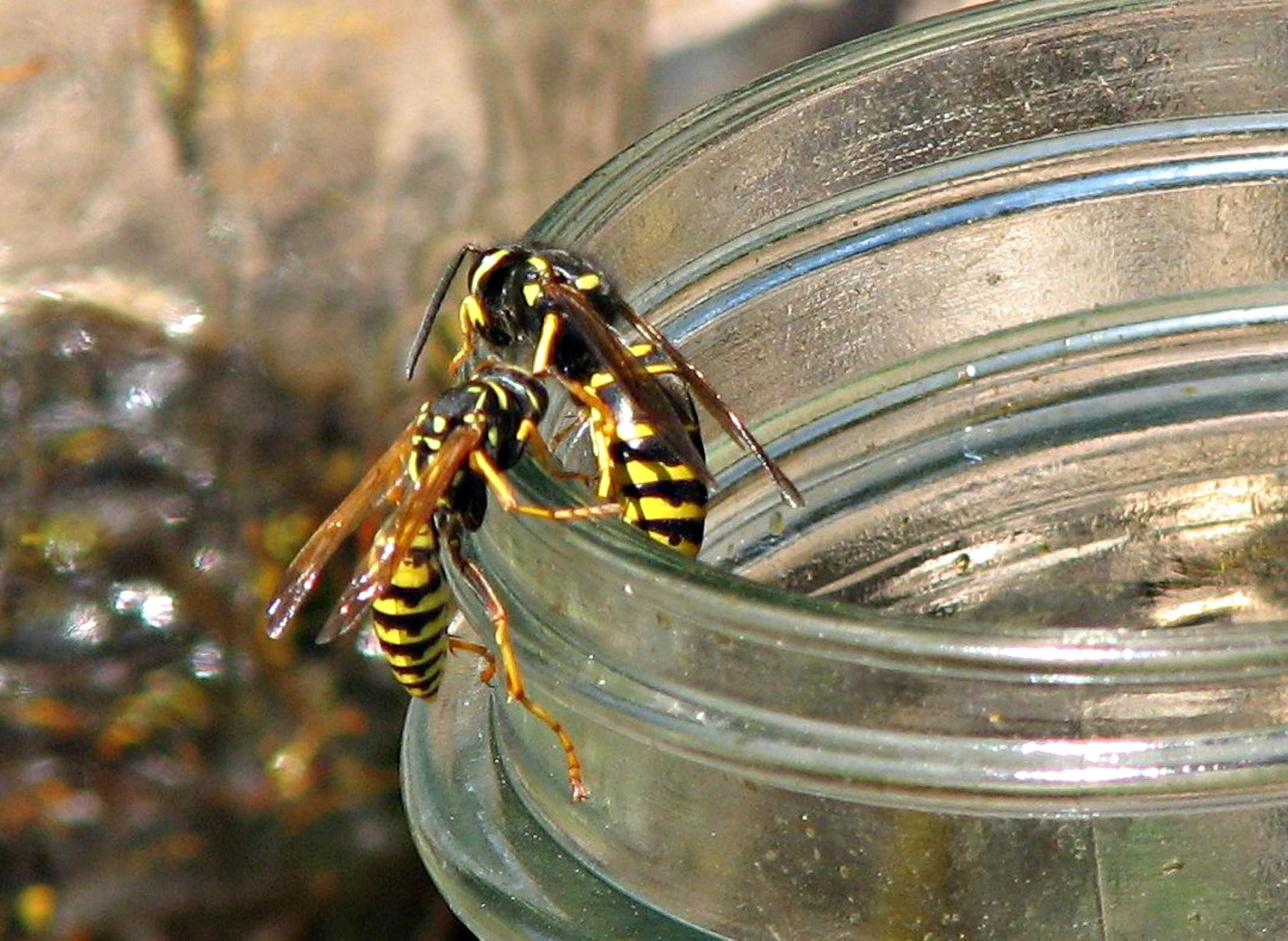


What To Do When Wasps Get Too Close For Comfort Wiscontext



A Look At The Places Wasps Are Most Likely To Infest Bug Out
/GettyImages-532067393-57fe89e23df78cbc28605ffa.jpg)


How Wasps Build Their Nests From Wood



Types Of Wasps Pictures And Identification Green Nature



British Wasp Guide How To Identify Common Species Countryfile Com
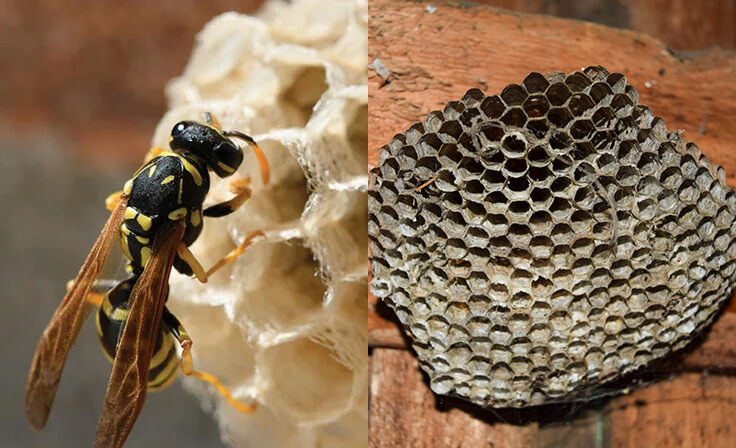


Pest Identification For Control Extermination And Removal Bees Asian Beetles Wasps Hornets Box Elder Bugs In Wisconsin The Bee Guy Wisconsin



What S Really The Point Of Wasps c News



Different Kinds Of Wasp Nests You Should Know Power Pest Control



Paper Wasps And Yellow Jackets Nebraska Extension In Lancaster County
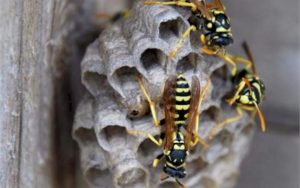


Pest Control Treatment For Wasps Tactical Pest Services



Mud Dauber Wikipedia


Wasp Nest Nicolas Gallagher



Wasps How To Tell The Difference Between Wasps And Bees Dalgetty Pest Control


Be On The Alert For Wasp Nests Umn Extension
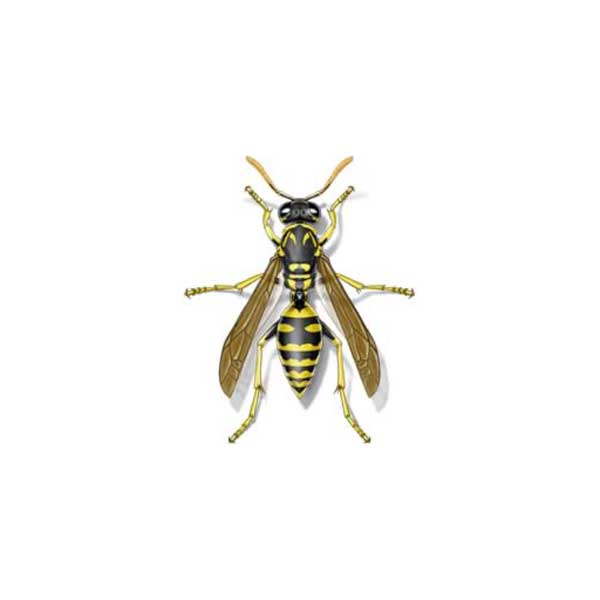


Paper Wasp Identification Paper Wasps In Central And Eastern Virginia



Wasp Nest Hornets Nest Identification Wasp Nest Wasp Bee Identification



Wasp Control How To Deal With Wasp Nests Kapow Pest Control Best In The West



Facts About Paper Wasps Terminix



Wasp Hornet Bee Identification



Bee Wasp Hornet Nest Removal Safely Removing Wasp Nests In Central Iowa



What S Really The Point Of Wasps c News



Bee Wasp Hornet A Guide To Stinging Insects



Wasps Weave Paper Palaces Nature Features Abc Science



Wasp Identification What Do Wasps Look Like



What Are European And Paper Wasps And How To Control Them



How To Get Rid Of Wasps Nests Western Exterminator



Spider Wasp Nests Wasp Nest Types Of Spiders Science And Nature



3 Common Wasp Nests In San Diego Bee Best Bee Removal
:max_bytes(150000):strip_icc()/GettyImages-1164595084-b4bd1364d43e4161ada471b7ef45aba9.jpg)


2 Reasons To Leave A Wasp Nest In Your Yard



Wasp Identification Costa Blanca Spain By Pests R Us Costa Blanca Spain



3 Common Wasp Nests In San Diego Bee Best Bee Removal



Types Of Wasps In The Western Us Western Exterminator



Yellow Wasps Nest Dolichovespula Arenaria Wasp Nest Nest Birds Bees Butterflies



Types Of Wasps In The Western Us Western Exterminator



Wasp Nests Identification And Removal Advance Pest Control



Don T Dare Knock Down A Wasp Nest Gilles Lambert Pest Control



Yellow Jackets Vs Wasps What S The Difference Griffin Pest Solutions



Characteristics Of Wasp Nests How To Identify Wasps By Their Nests



Getting Rid Of Wasps Nests Msu Extension



Wasp Nest Identification How To Id Wasp Nests At Your Memphis Home


3



Wasp Nest Removal



Be In The Know This Summer To Wipe Out Paper Wasps In Our Urban Battlegrounds Stuff Co Nz



How To Remove A Wasp Nest Terminix



European Wasps Pest Control Health Vic
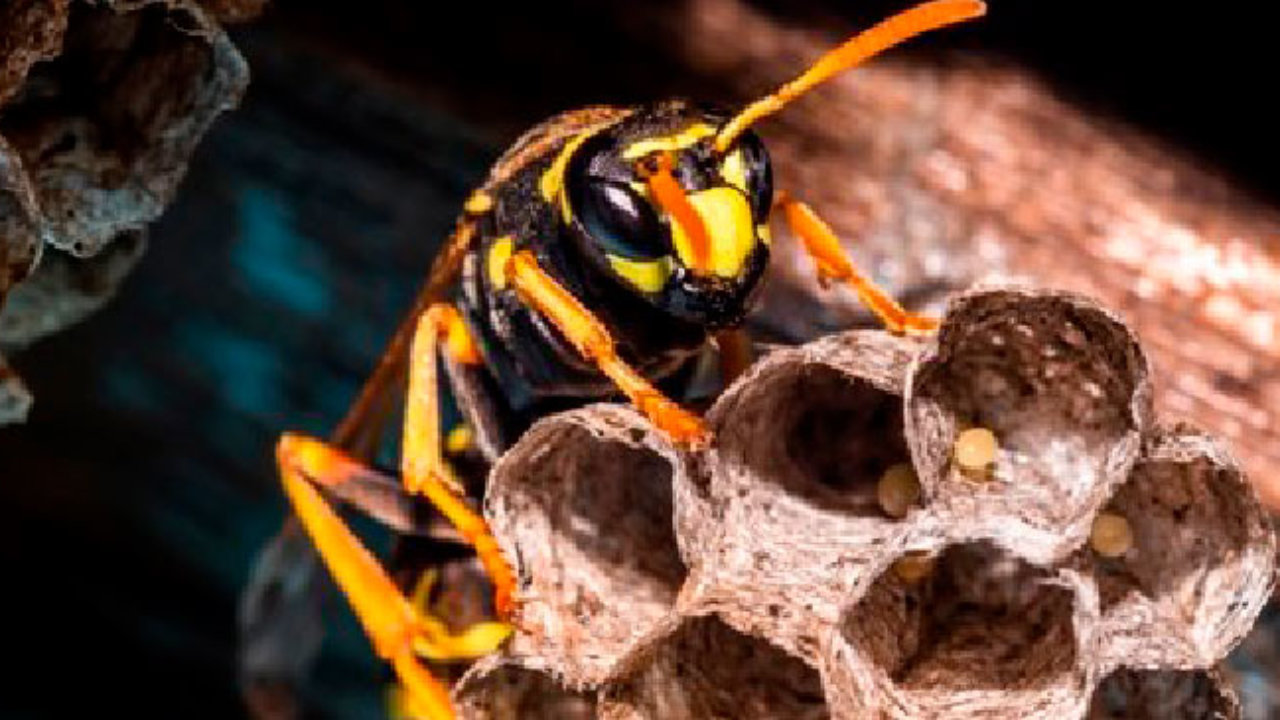


How To Get Rid Of Wasp Nest Take Care Termite Pest Control Services



Wasp Photos And Id



The Wasp Desertusa



Pest Advice For Controlling Wasps



Wasps Nest Identification Bees Or Wasps Croach Pest Control



A Complete Guide To Wasp Pests Lifestyle Focus



Types Of Wasps In Colorado
%20and%20Dolichovespula%20Arenaria%20%20(yellow%20hornet%20also%20known%20as%20aerial%20yellow%20jacket).jpg)


Insect Identification Guide



Five W S And An H About Wasps In Florida


A New Fungus Among Us Tufts Now



Wasp Nest Identification Tips Springer Professional Home Services
/GettyImages-5869024091-5c3970dfc9e77c00019b8b89.jpg)


How And When To Control Paper Wasps



Wasp Description Types Facts Britannica



Paper Wasps Are They Worth The Sting


Paper Wasps Texas Apiary Inspection Service Tais



How Long Do Wasps Live Ehrlich Pest Control


コメント
コメントを投稿